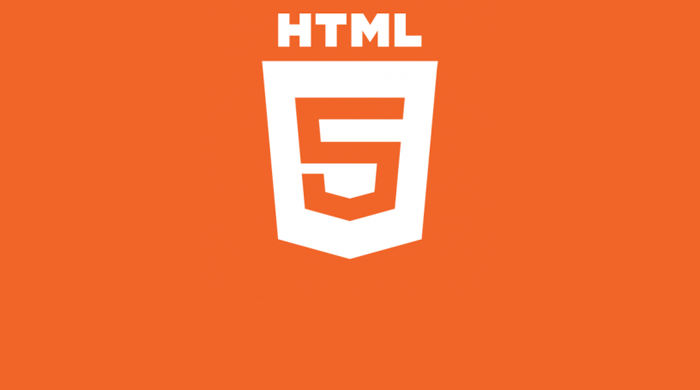HTML5 is the future of websites, as it is the language that is best suited for the changing landscape, to support smartphones, tablets and desktops,” the company wrote. “It is also the language that is the best base for creating web apps that can run on desktop or mobile devices. This suits apps that are lighter, in terms of functionality, or require less access to hardware or OS level services, than apps that work best natively.
But for now Google and Microsoft fortify HTML5 on their browser experiences. Earlier this month, Google announced that version 53 of its Chrome browser will automatically block certain elements of Flash – such as loading behind the scenes for analytics – in favour of HTML5.
“Flash helped make the Web a rich, dynamic experience, and shaped the modern set of web standards,” wrote Anthony LaForge, Chrome curator of Flash in a blog post. “We continue to work closely with Adobe to ensure that your web experience is as fast and secure as possible and to help the Web transition to HTML5.”
“For the web, HTML5 isn’t just ready for the big time. It is the big time.”



